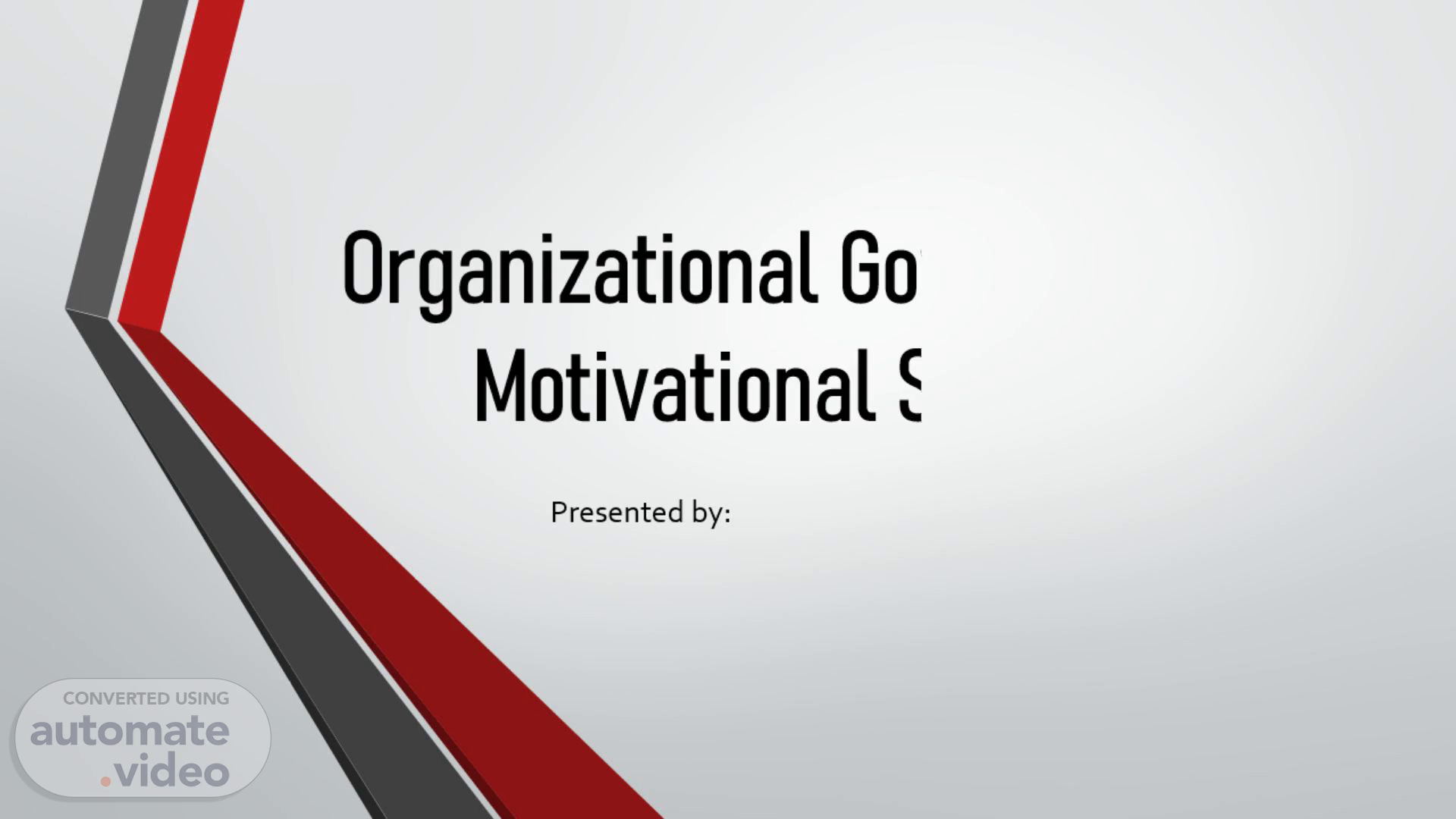
Page 1 (0s)
Organizational Governance and Motivational Strategies.
Page 2 (7s)
What is leadership & management?. Leadership and management are often considered synonymous. However, it is crucial to recognize that leadership is a fundamental component of successful management. LEADERSHIP The ability to motivate and direct group efforts toward goals is what is meant by LEADERSHIP. Encouraging others to reach their maximum potential, creating a supportive and cooperative work atmosphere, making wise choices, and accepting accountability for the results are all components of effective leadership. In business, politics, sports, and community organizations, among other settings, one can demonstrate leadership. MANAGEMENT describes how an organization plans, organizes, manages, and controls its material, financial, and human resources to effectively and efficiently accomplish its goals. All that is required is the regular completion of pre-planned tasks with the assistance of subordinates. The four key management tasks—organizing, leading, controlling, and planning—are entirely the responsibility of the manager...
Page 3 (45s)
Focuses on people Creates a vision Looks into the future Empowers Develops change Uses influence.
Page 4 (57s)
What is organizational performance?. Organizational performance relates to the level of achievement an organization attains and the extent to which it effectively fulfills its daily responsibilities and predefined goals. Typically, business proprietors, strategic partners, and managers undertake organization’s performance assessment, which includes identifying and implementing methods to enhance the company's overall performance. This comparison assists organizations in determining whether they are accomplishing what they set out to do. Importance of organizational performance in achieving business objectives. Organizational performance plays a crucial role in the achievement of business objectives. Here are some key points highlighting the importance of organizational performance in achieving business objectives: Goal alignment Competitive advantage Resource optimization Long-term sustainability.
Page 5 (1m 27s)
Provide Incentives and Recognition: Implement a comprehensive incentive program that rewards employees for their hard work and achievements. Consider incentives, along with regular recognition for outstanding performance..
Page 6 (1m 59s)
Team Collaboration and Communication: Team collaboration and communication serve as the cornerstone of a successful organization. By encouraging open dialogue, knowledge sharing, teams Can leverage collective expertise to tackle complex challenges . Promote team collaboration: Encouraging a feeling of teamwork and collaboration among employees is advantageous. Several approaches to foster team collaboration include: “Take a break week, where we mix people who don’t work together and that makes a culture. The four-person teams can change the five-year macro vision for the business.”.
Page 7 (2m 23s)
Applying Effective Leadership and Management for Continuous Improvement.
Page 8 (2m 51s)
Leadership Strategies for Performance Management.
Page 9 (3m 7s)
Management Approaches for Continuous Improvement.
Page 10 (3m 25s)
Implementation and best practices. To successfully implement leadership and management approaches that foster a culture of continuous improvement, consider the following recommendations and best practices: Encourage Open Communication Foster a Learning Environment Lead by example Set achievable goals Establish Feedback Mechanisms Adapt to Change Encourage collaboration Recognize and Reward Success By prioritizing practices, organizations can create an environment that not only values continuous improvement but also actively supports and nurtures the growth and development of its employees, leading to sustained progress and success..
Page 11 (3m 47s)
Conclusion: Effective leadership and management are like the backbone of a successful organization. Picture a workplace where everyone talks openly, learns continuously, and collaborates seamlessly – it's a breeding ground for innovation and lets employees truly shine. The essence of a recent presentation I attended was clear: set goals that act as a roadmap, provide feedback as a tool for growth, and cultivate a work culture that cares about personal development. It's all about creating an environment where people feel valued, supported, and encouraged to be their best selves. Prioritizing these leadership strategies isn't just about hitting targets today; it's about ensuring the organization's ongoing progress and success in the long run. It's a human-centric approach that makes work not just a task but a fulfilling journey..
Page 12 (4m 19s)
THANK YOU!.